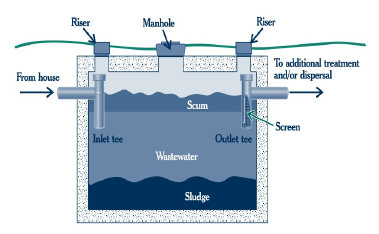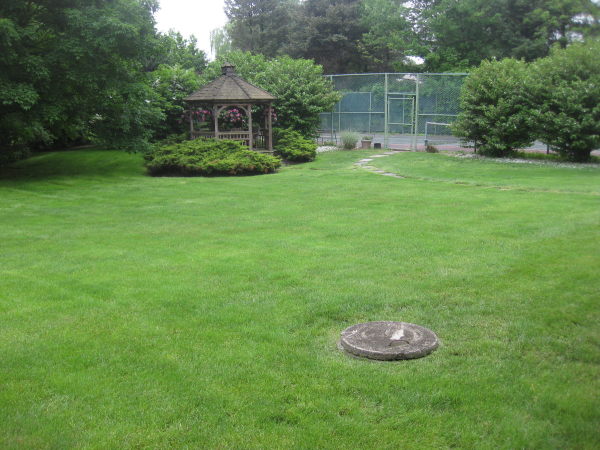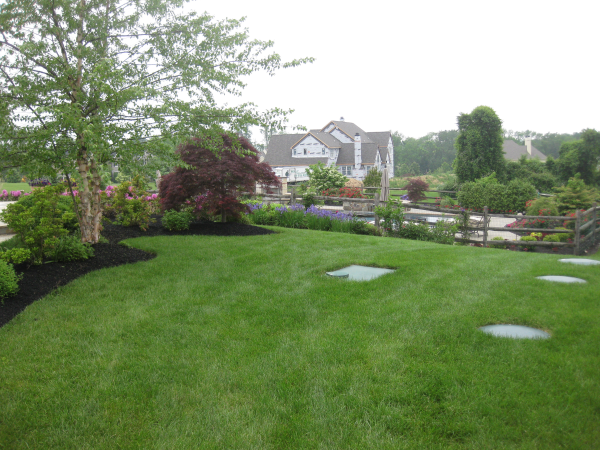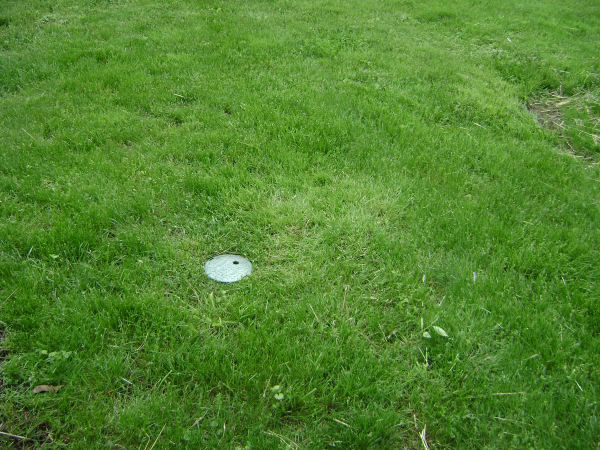Parties and Septic Systems
Having a party this weekend? Did you ever think about your septic system and what might happen to it with the added load? Let’s take a look.
The septic system is designed for the normal load a dwelling is expected to generate. Usually the sizing of the system is dependent on the number of bedrooms a home has, not the number of occupants. In Pennsylvania, a septic system is designed for a minimum of 400 gallons per day for a dwelling unit up to 3 bedrooms. For each bedroom over three, we add 100 gallons. For example, a septic system that was designed for a 5 bedroom dwelling would be designed to handle 600 gallons per day. Generally, the septic tank and the absorption area would be sized based on this flow.

The Septic Tank
The septic tank separates the solids from the liquids of the sewage entering the tank. Solids (sludge) are retained in the tank and the liquids (effluent) are then passed on to the absorption area to be treated by and dissipated into the soil. Two factors influence the performance of the tank.
The longer a system has been in use without maintenance, the more solids are built up in the tank. Some solids float, like grease and soap. Some solids sink. When both of these solids build up there is less room in the tank to clarify the effluent before it leaves the tank. The fewer the solids that leave the tank the better it will be for the entire system.
Another factor that influences a septic tank’s performance is how fast the flow is passing through the tank. A septic tank is designed to be a tranquil environment. Under high loads that generate high velocity, solids can be carried out of the tank and on to the absorption area.
The Absorption Area
The absorption area is also designed base on the number of bedrooms it serves not the number of people. To simplify, most absorption areas are about a one foot depth of crushed stone with a series of pipes in the stone that deliver the effluent from the septic tank to the crushed stone.

This crushed stone holds the effluent in its voids until the soil absorbs it. A bio-mat, composed of the solids that have left the septic tank and bacteria that is digesting it forms on the soil to stone interface. The more solids that enter the absorption area the thicker the bio-mat becomes. This bio-mat decreases how fast the soil receives the effluent. Usually the thicker the bio-mat the more build-up of liquids are occurring in the absorption area. Not knowing how much liquid is in the absorption can become a problem when flows are suddenly increased. If the absorption area is ponded to almost the full depth of the crushed stone, this sudden inflow can then cause a back-up into the house.

Proper Maintenance
During a party is the worst to experience a back-up. Most parties are occurring after normal business hours or worse, a holiday. To have the septic tank cleaned out at those times not only causes a lot of stress for everybody by adds unneeded expense. A maintenance program that incorporates regular monitoring of the solids in the septic tank and the liquids in absorption area is inexpensive compared to emergency service. The best protection is to be on a maintenance contract. It is probably as close to flush and forget as you can be. Tell your service provider that you are having a party. It would also be a good idea to have your septic tank pumped and cleaned prior to the party. When was the last time you had your septic tank pumped? Call us today for advice! You can download the brochures “The Advantages of Maintenance Agreements” or “Prolonging the Life of Your Septic System” by clicking on their links. Let me know your thoughts.






